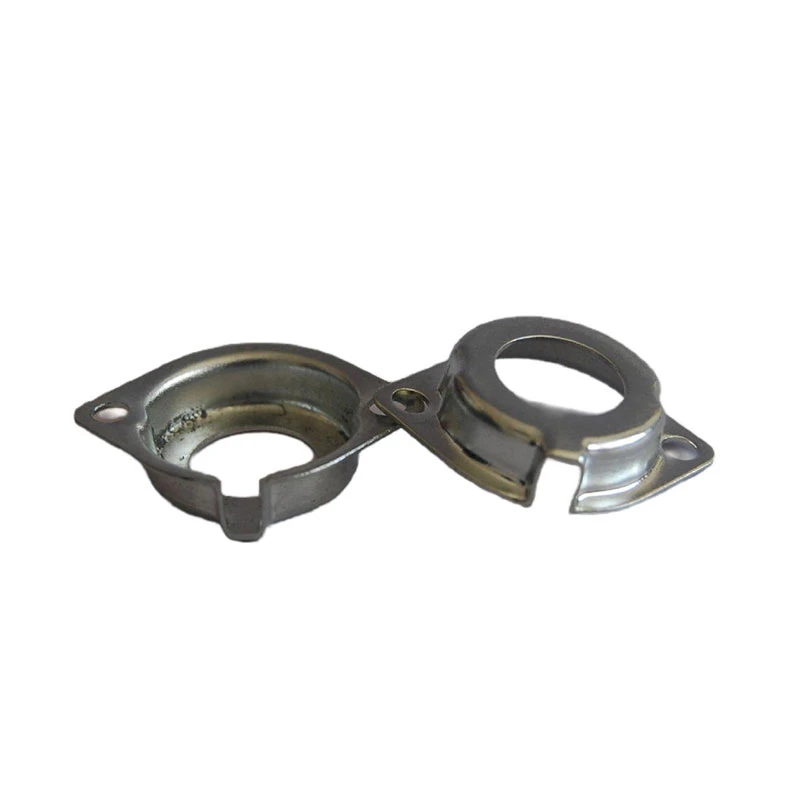Innovative Techniques and Benefits of Gravity Casting in Modern Manufacturing
The Art and Science of Gravity Casting
Gravity casting, also known as gravity die casting, is a traditional metal casting technique that has been widely used in various industries for centuries. This method leverages the force of gravity to fill a mold with molten metal, creating complex shapes and components with excellent precision and surface finish. The process is particularly beneficial for creating durable and high-quality castings, making it a preferred choice in the production of automotive parts, household appliances, and machinery components.
The Process
The gravity casting process begins with the creation of a mold, typically made from metal, which can withstand high temperatures. The mold is designed to create a specific shape, and its interior is coated with a release agent to ensure easy removal of the finished product. Once the mold is prepared, it is heated to a specific temperature to minimize thermal shock when the molten metal is introduced.
Molten metal, often aluminum or zinc, is then poured into the mold cavity. The force of gravity allows the metal to flow smoothly into the intricate details of the mold, filling every nook and cranny. Unlike other casting methods that rely on pressure to introduce the metal, gravity casting relies solely on weight and gravity, which minimizes the risk of defects such as air pockets or trapped gases. This simplicity contrasts with high-pressure die casting methods and provides a cost-effective solution, especially for small production runs.
Advantages of Gravity Casting
There are several advantages to utilizing gravity casting
. One of the most significant benefits is the superior quality of the castings produced. Since the molten metal flows freely into the mold, the castings have a fine-grained structure that enhances their mechanical properties. This results in components that are not only strong and durable but also exhibit excellent surface finishes, reducing the need for extensive post-processing and machining.Another advantage is the versatility of the gravity casting process. It can accommodate a wide range of part sizes and shapes, making it suitable for both small intricate components and larger structural pieces. Additionally, the relatively low setup costs associated with gravity casting molds make it an attractive option for companies looking to produce small to medium-sized batches of products.
gravity casting

Applications
Gravity casting finds its application across various sectors. In the automotive industry, it is commonly used for producing engine blocks, transmission housings, and other crucial components that require high strength-to-weight ratios. Its ability to create complex shapes with precision makes it indispensable for manufacturers aiming to enhance performance while minimizing weight.
Beyond automotive, gravity casting is used in the production of household items, such as cookware and decorative items, as well as industrial applications, including machinery parts and tooling components. The versatility and reliability of this casting method have made it a staple in the metalworking industry.
Environmental Considerations
In recent years, as sustainability has become a global priority, gravity casting has been examined for its environmental impact. This casting method is generally more eco-friendly compared to other processes, as it usually involves lower energy consumption. Additionally, the materials used in gravity casting, particularly aluminum, can be recycled multiple times without losing their properties, contributing to a circular economy.
Conclusion
Gravity casting is a remarkable fusion of art and science, a testament to human ingenuity in metalworking. With its advantages in quality, versatility, and environmental impact, it continues to be a vital process in manufacturing across various industries. As technology evolves and the demand for high-performance materials increases, gravity casting will undoubtedly adapt, ensuring its relevance for years to come. Whether producing intricate parts for luxury automobiles or essential components for everyday appliances, gravity casting remains a fundamental technique in modern manufacturing that bridges the gap between tradition and innovation.
-
OEM Sand Cast Pump Valve Fittings - Baoding Hairun Machinery And Equipment Trading Co., Ltd.NewsAug.01,2025
-
Custom OEM Impellers | High Efficiency & PrecisionNewsAug.01,2025
-
OEM Sand Cast Pump Valve Fittings - Baoding Hairun Machinery | Customization, Quality AssuranceNewsAug.01,2025
-
OEM Sand Cast Pump Valve Fittings - Baoding Hairun Machinery And Equipment Trading Co., Ltd.NewsAug.01,2025
-
OEM Sand Cast Pump Valve Fittings - Baoding Hairun Machinery And Equipment Trading Co., Ltd.NewsJul.31,2025
-
OEM Sand Cast Pump Valve Fittings - Baoding Hairun | Precision Engineering, CustomizableNewsJul.30,2025















